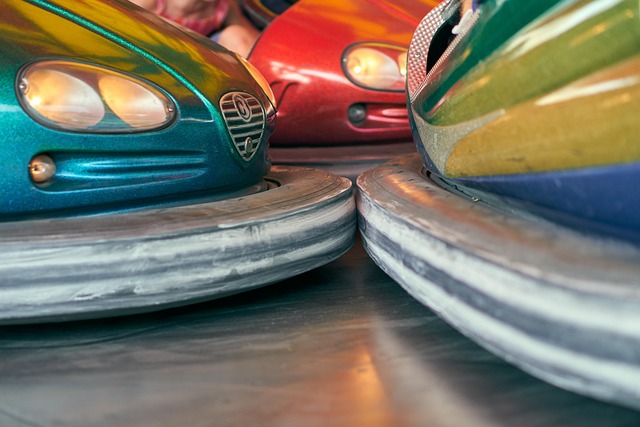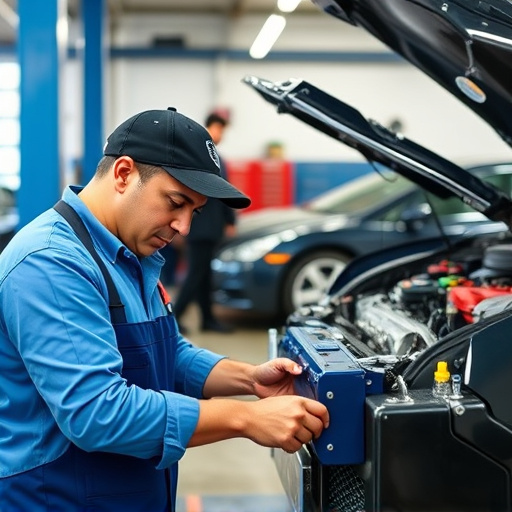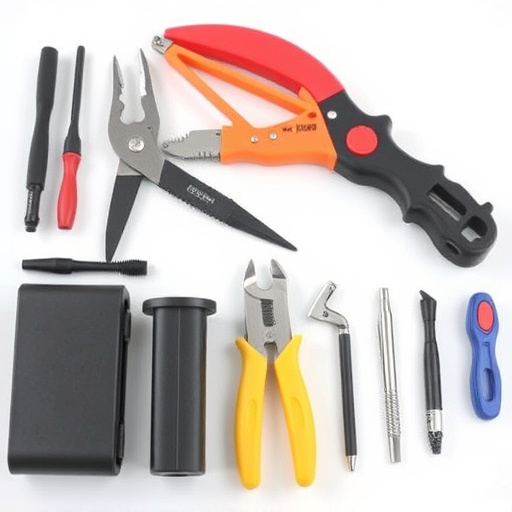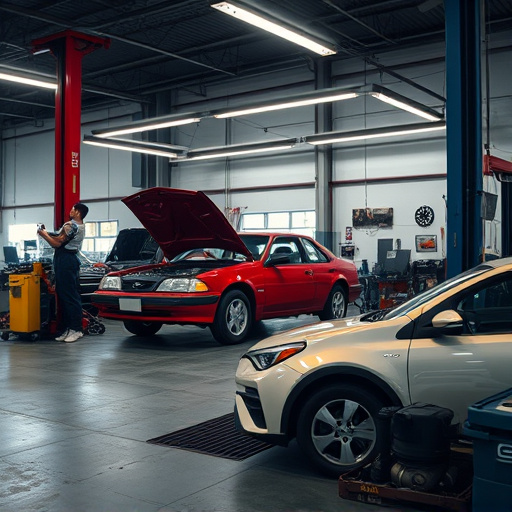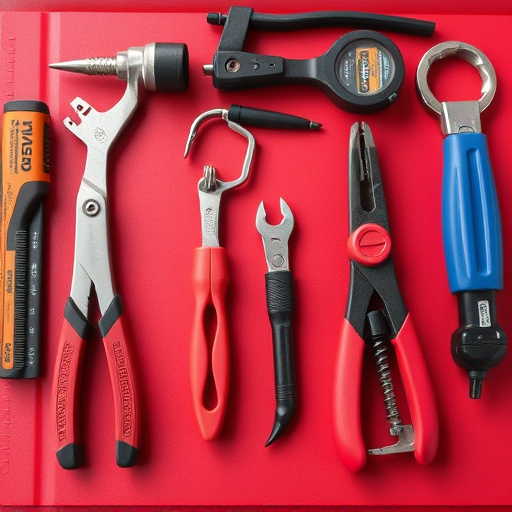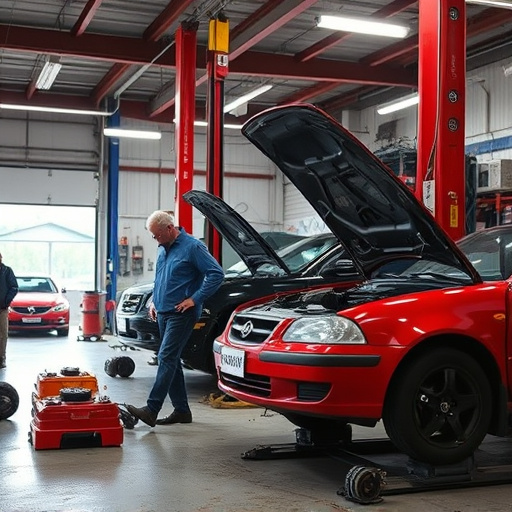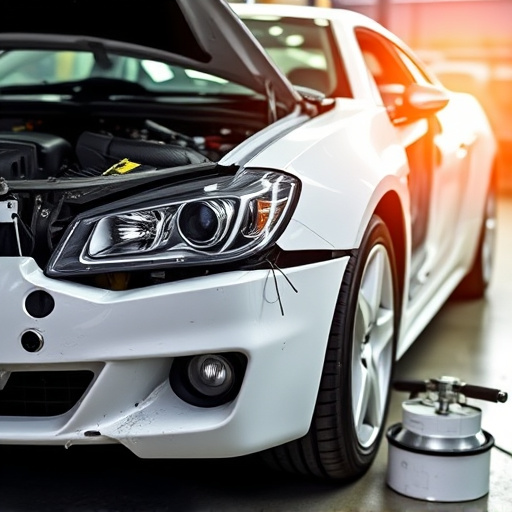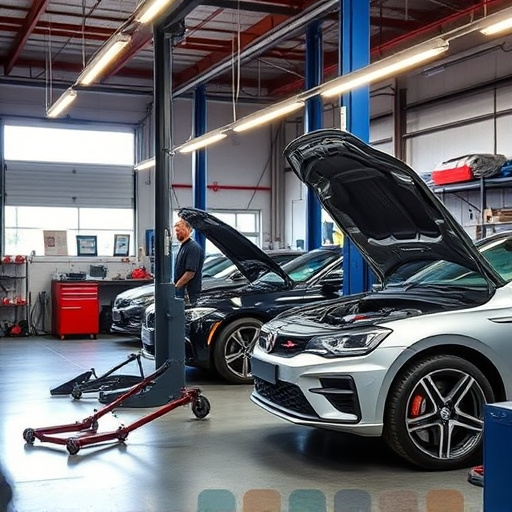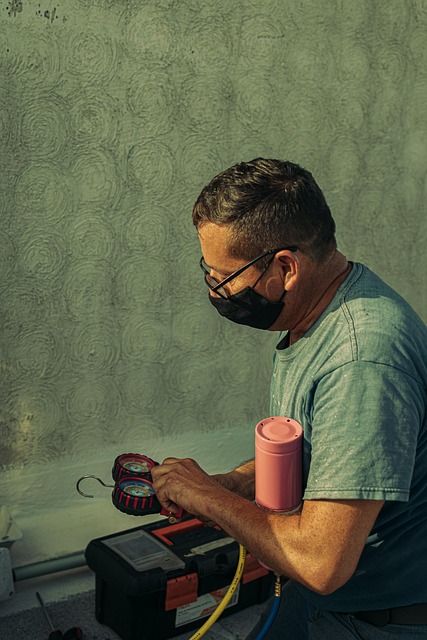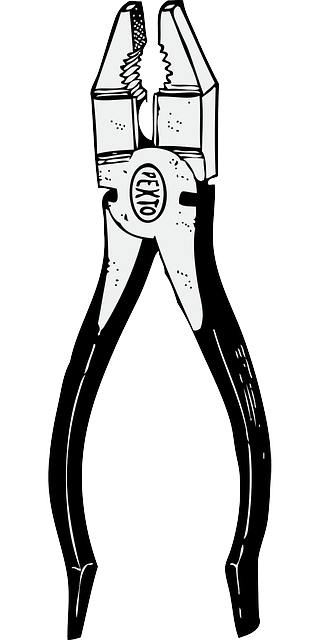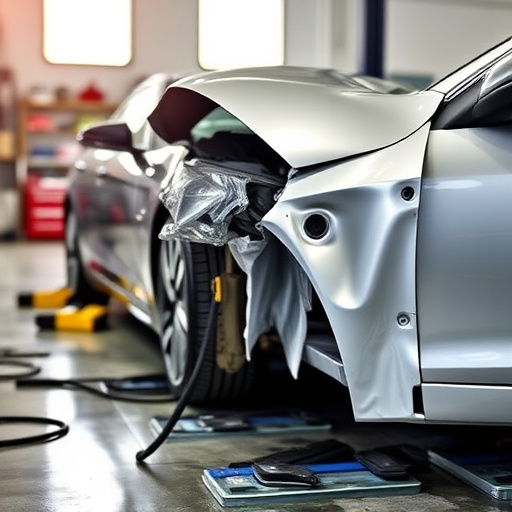Crash damage repair (CDR) relies on advanced technology like spectrophotometry and 3D imaging to achieve precise paint matching, ensuring vehicles return to pre-incident condition with intact aesthetic value. Best practices include standardized procedures, high-quality materials, and regular training for consistent, superior results across different shops.
In the realm of modern automotive crash damage repair, achieving precise paint matching is paramount for restoring vehicles to their pre-accident condition. This article explores the critical components of paint matching accuracy, delving into advanced analysis techniques and the transformative role of technology in enhancing repair precision. We uncover best practices that ensure consistent color accuracy, empowering shops to deliver top-tier crash damage repairs that meet or exceed customer expectations.
- Understanding Paint Analysis Techniques for Accurate Matching
- The Role of Technology in Enhancing Crash Damage Repair Precision
- Best Practices to Ensure Consistent Color Accuracy During Repairs
Understanding Paint Analysis Techniques for Accurate Matching

In the realm of crash damage repair, achieving precise paint matching is paramount to restoring vehicles to their pre-incident condition. This meticulous process involves advanced paint analysis techniques that go beyond basic visual inspection. Modern crash damage repair shops employ sophisticated tools and methods, such as spectrophotometry and color scanning, to ensure accurate matching across vast color spectra. These technologies capture precise color readings, accounting for subtle variations in hue, saturation, and value, thereby eliminating the margin for human error.
For fleet repair services or specialized brands like Mercedes Benz repair, maintaining paint consistency is not just about aesthetics; it’s a critical factor in preserving vehicle value. Collision repair shops armed with these advanced analysis techniques can match not only the exterior color but also internal trim colors, ensuring a holistic restoration. This level of precision is particularly crucial for complex repairs, where even the slightest deviation from the original could compromise the overall quality and integrity of the vehicle’s finish.
The Role of Technology in Enhancing Crash Damage Repair Precision

In today’s digital era, technology plays a pivotal role in enhancing the precision and efficiency of crash damage repair in collision repair shops. Advanced software and computer-aided design (CAD) systems have become indispensable tools for vehicle repair professionals. These technologies allow for detailed and accurate assessments of damage, enabling repair technicians to plan and execute repairs with meticulous care. By integrating 3D imaging and laser scanning, collision repair shops can capture precise measurements and data from damaged vehicles, ensuring that every component is restored to its original specifications.
Furthermore, modern paint matching systems leverage sophisticated algorithms and databases to achieve unparalleled color accuracy in car body repair. These systems cross-reference vast amounts of historical and real-time data, allowing for the exact replication of vehicle finishes. This level of technological advancement not only expedites the repair process but also guarantees that the final product is a perfect match, preserving the aesthetic value and overall integrity of the vehicle. As a result, customers can expect superior craftsmanship and a seamless return to their pre-crash condition in top-tier collision repair shops.
Best Practices to Ensure Consistent Color Accuracy During Repairs
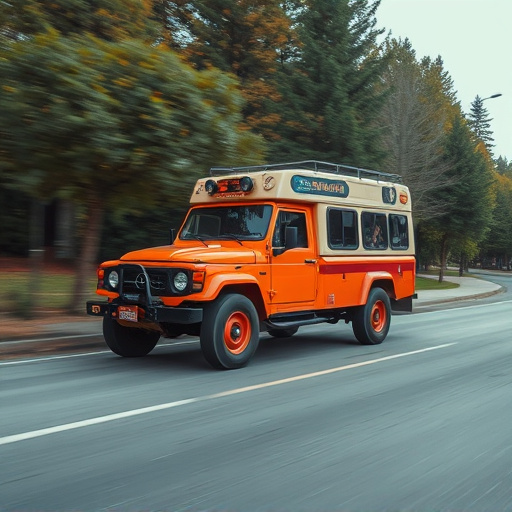
Maintaining consistent color accuracy during crash damage repairs is paramount for achieving flawless results that match the vehicle’s original finish. Best practices involve utilizing advanced color-matching technology, such as spectrophotometers, which precisely measure and replicate colors. Technicians should also follow a standardized preparation process, ensuring surfaces are clean, dry, and free from contaminants to avoid variations in final hues.
Standardized mixing procedures and the use of high-quality paints specifically formulated for automotive body work further enhance accuracy. Regular training sessions and inter-shop color comparisons help maintain consistency across different crash damage repair shops. These practices collectively contribute to superior vehicle dent repair and car damage repair outcomes, ensuring that restored vehicles not only look good but also perfectly match their original automotive body work.
Modern crash damage repair shops are revolutionizing the industry with advanced paint matching accuracy. By combining sophisticated paint analysis techniques and innovative technology, these shops achieve unparalleled precision in color matching during repairs. Adhering to best practices ensures consistent results, restoring vehicles to their pre-accident condition. This commitment to excellence not only satisfies customers but also sets new standards for the crash damage repair sector.
